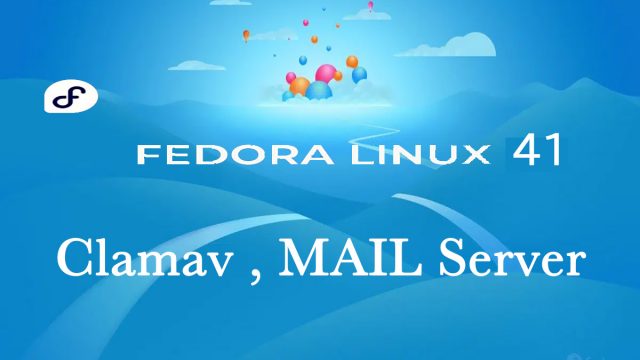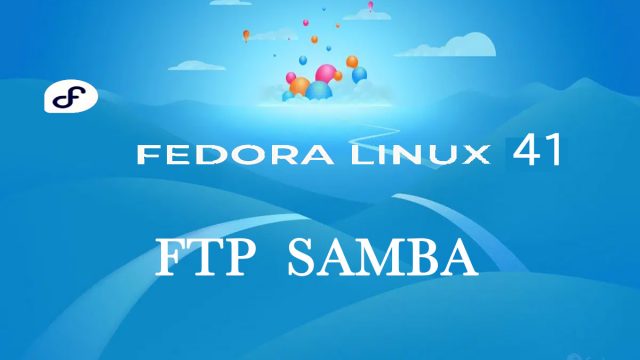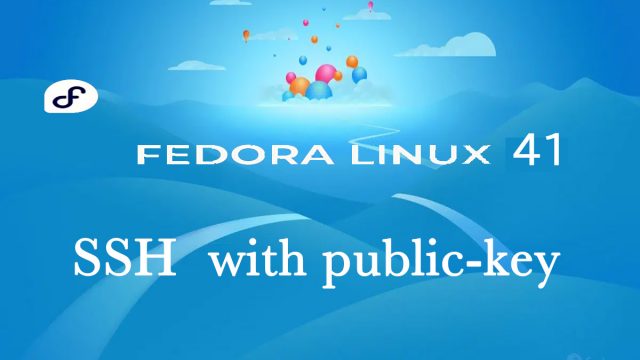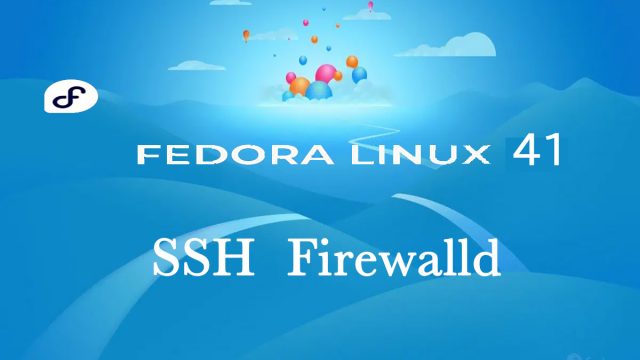 fedora41_en
fedora41_en Fedora41 : System Backup and Restore
1.Website data backupBackup under /var/www/html①Create backup script file2.MySQL database backup①Create backup script file3.Web configuration file (under html) restored① Copy the HTML backup file to the "/ (root)" directory of the server to be used for restoration4.Restore MySQL data①Save database backup file to any directory











